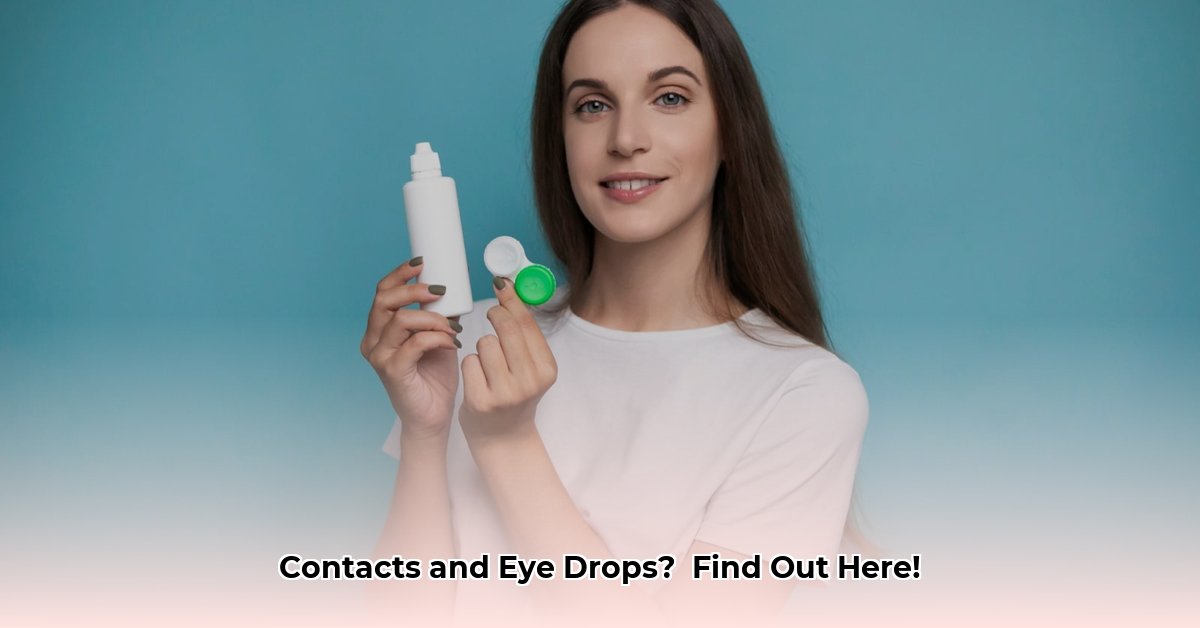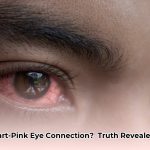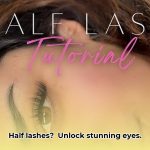Eye Drops and Contacts: A Clear View
Dealing with dry or irritated eyes while wearing contacts? It’s a common problem, but reaching for just any eye drops can sometimes do more harm than good. This guide provides clear, step-by-step instructions on using eye drops safely with contacts, helping you find relief without compromising your eye health.
Choosing the Right Eye Drops for Your Contacts
Not all eye drops are created equal, especially when it comes to contact lenses. Some are perfectly safe, while others can cause discomfort, cloudiness, or even more serious issues. Let’s break down the different types:
Contact Lens-Friendly Drops
- Rewetting Drops: These are your go-to for dry eyes while wearing contacts. They’re specifically designed to lubricate both your eyes and lenses, providing soothing relief. Look for the phrase “compatible with contact lenses” on the label to be extra sure. Popular brands include Refresh and Blink Contacts.
- Preservative-Free Artificial Tears: A great option for sensitive eyes, these drops skip the preservatives that can sometimes irritate or build up on lenses. Brands like Systane Ultra and Refresh Optive Sensitive are good choices.
Eye Drops to Avoid While Wearing Contacts
- Redness-Relieving Drops (Vasoconstrictors): These might seem like a quick fix for red eyes, but they can actually worsen the problem over time. They can discolor your lenses and lead to a “rebound effect,” making redness even more pronounced later. Visine and Clear Eyes fall into this category.
- Thick Lubricating Drops: These are generally too thick for use with contacts, potentially blurring your vision and clinging to your lenses. Always check the label, but most thick lubricating drops, like some GenTeal and Refresh varieties, are best avoided while wearing contacts.
- Medicated Eye Drops: Unless specifically prescribed for use with your contacts by your eye doctor, remove your lenses before using medicated eye drops. These drops often contain ingredients that can interact negatively with lens materials.
How to Use Eye Drops with Contacts: A Step-by-Step Guide
For most eye drops, removing your contacts before applying is the safest approach. Here’s a step-by-step guide:
- Wash Your Hands Thoroughly: Use soap and water, scrubbing for at least 20 seconds. This prevents introducing bacteria into your eyes.
- Remove Your Contacts: Carefully remove your lenses and store them in a clean case with fresh solution.
- Apply the Eye Drops: Tilt your head back, gently pull down your lower eyelid, and instill the prescribed number of drops. Avoid letting the bottle tip touch your eye.
- Wait 10-15 Minutes: This allows the drops to absorb fully before reinserting your lenses.
- Reinsert Your Contacts: Once the waiting period is over, reinsert your clean lenses.
Using Rewetting Drops with Contacts: Some rewetting drops are designed for use with contacts in. Always check the label instructions. If compatible, follow the same steps above, omitting steps 2 and 5.
When to See Your Eye Doctor
Persistent dryness, redness, itching, or any unusual eye discomfort? Don’t ignore it. Schedule an appointment with your eye doctor. These could be signs of a more serious issue requiring professional attention. Some research even suggests a link between certain types of eye drops and changes in the ocular surface, so regular checkups are crucial.
Safe vs. Unsafe Eye Drops: At a Glance
| Eye Drop Type | Safe with Contacts? | Examples (Not exhaustive, individual reactions may vary) |
|---|---|---|
| Rewetting Drops | Generally Yes | Refresh, Blink Contacts |
| Preservative-Free | Generally Yes | Systane Ultra, Refresh Optive Sensitive |
| Vasoconstrictors | No | Visine, Clear Eyes |
| Thick Lubricating | Usually No | GenTeal Tears Severe Dry Eye, Refresh Optive Mega-3 |
| Medicated | Generally No | Consult your doctor |
Frequently Asked Questions
- Can I use expired eye drops? No. Expired eye drops may be contaminated and less effective. Discard them and use a fresh bottle.
- What if my eyes are still dry after using rewetting drops? Try a different brand of rewetting drops or preservative-free artificial tears. If dryness persists, consult your eye doctor. You might have an underlying dry eye condition requiring different treatment.
- How often should I replace my contact lens case? At least every three months, or as recommended by your eye doctor. A contaminated case can introduce bacteria into your eyes.
Disclaimer: This information is for educational purposes only and is not a substitute for professional medical advice. Always consult with your eye doctor for personalized recommendations. While current research supports the information presented, ongoing studies may lead to evolving best practices. Your eye doctor is your best resource for staying up-to-date and ensuring your eye health.
- Unlock Young Doctors’ Work-Life Balance: Actionable Strategies Now - December 2, 2025
- Unlock Life Harmony: Work-Life Integration Guide - November 30, 2025
- Unlock Work-Life Harmony:Your Guide to Integration - November 27, 2025
















